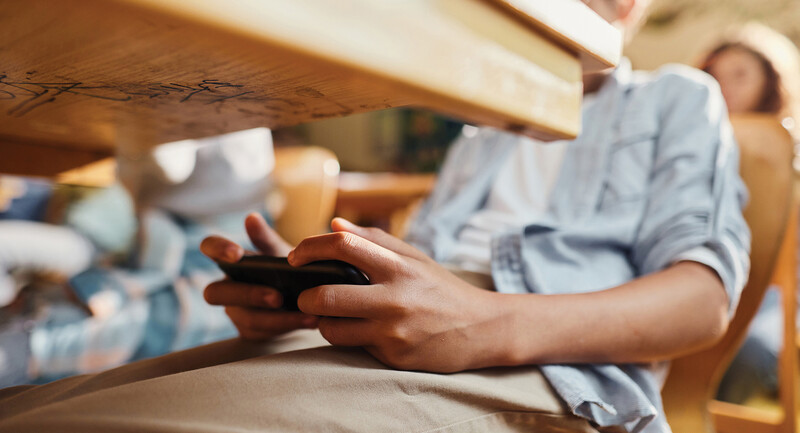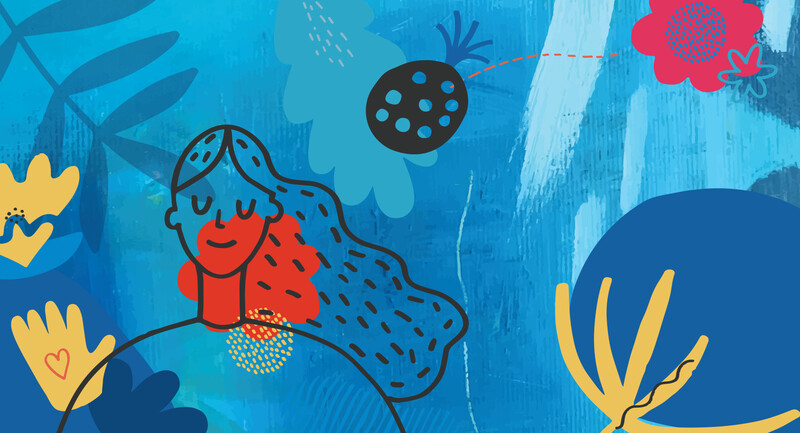We've all seen some dire environmental news lately. A recent U.N. report shows that 1 million species are at risk for extinction; another report suggests we have only 12 years left to make critical adjustments before climate change becomes irreversible; and footage of plastic tides washing ashore has become common. This year, teenagers around the world led several large-scale protests, such as the #SchoolStrikeforClimate. In the face of so many crises, it can be overwhelming for individuals to know where to start.
Schools and the people who work in them are uniquely positioned to create exponentially positive change. Our actions and choices are absorbed by the students watching us, and that makes everything we do in school important. We can communicate a powerful new relationship to the planet just by modeling thoughtfulness about how we use resources. The following 10 tips can help teachers and administrators create a more sustainable school environment and invest in our children's future.
1. Talk About It
Get your kids involved in learning about the environment. Fill your classroom library with books that celebrate and share amazing things about the Earth and environmental movement leaders like Wangari Maathai, Rachel Carson, and William Kamkwamba. Don't wait for Earth Day; read kid-friendly articles about plastic pollution and climate change throughout the year.
Students feel most powerful and engaged when they can connect their own lives to what's going on in the world. Students can calculate a typical family's carbon footprint or study the "life cycle" of plastic (i.e., how it is made from oil, processed with chemicals, transported long distances, and often used only for minutes before being discarded).
Take a look at school lunch menus and rank them from least environmentally friendly (meat-centered) to most environmentally friendly (vegetable-centered). Build students' activism for systemic change by letting them choose an environmental issue they feel strongly about, conduct their own research, and figure out which politicians or corporations to contact about the issue.
Administrators: Add a "Green Team" to the list of school committees. One or two staff members along with a team of students can champion the greening of your school.
2. Party Down
One of the fastest ways to fill up your trash can is to have a class party. Do you really need 25 disposable plates, forks, and napkins for a 10-minute birthday party? Those items are made from fossil fuels and will ultimately be on Earth longer than the kid who just turned 6. Get a cheap set of tableware for your classroom or make friends with the cafeteria staff and borrow theirs. You can send the dirty dishes home with a parent volunteer or have students take turns washing and drying dishes—it's a great way to emphasize responsibility and the importance of cleanup. Make sure to notify parents that you have your own party supplies, so they know not to bring any in.
Administrators: This is a good tip for the whole school to get behind. Consider soliciting donations to fund a set of dishes and utensils for each classroom.
3. Get the Good Glue
Sure, glue sticks are easy to use, but they're not the most environmental option. They dry out quickly, don't hold things together well, and become trash before you know it. Wet glue comes in a plastic bottle, sure, but it lasts much longer and does a much better job. The saying "a dot is a lot" will help even the youngest kids control the mess and learn not to be wasteful. Or, you can make glue sponges—a great reusable option. Get a gallon of glue ($15) and use it to refill your small bottles or your sponges.
4. Set Crafty
Trash happens. Before tossing those broken headphones or plastic bottle caps, give Pinterest or Google a quick search for creative ideas to repurpose them. Or, just stick these stragglers in a craft bin, and let kids create. Our makerspace is always well stocked with these types of items and the kids love creating masterpieces while giving a second life to what would otherwise be waste.
Administrators: Make collecting these types of items even easier by placing big donation bins in a central location. Publicize what you're collecting, and you'll get great stuff from families, too!
5. Rethink Lamination
HEAR ME OUT, TEACHERS! I know, we love laminating things. And in some cases, it might be necessary. But often, lamination is done out of habit rather than necessity. Are you truly going to use that resource for years and years? Is it really something students are going to destroy by touching? Too often, we're spending precious time, energy, and money coating bulletin board letters, anchor charts, and reference materials that just hang on the wall. Or, we update materials so often that we are tossing a lot in the trash year after year. Laminated paper can't be recycled, so it will still be around when your students have grandchildren. When I want materials to last a long time, I glue them to the back of thin cardboard, like the cereal boxes I ask parents to donate. Materials I created years ago are still doing great.
Administrators: Consider creating schoolwide guidelines for what gets laminated.
6. Compost in the Classroom
Food waste is the biggest occupant of landfills in the United States. When food rots, it emits methane, a greenhouse gas many times more potent than carbon dioxide. If we're serious about fighting climate change, then food waste has to become a focus. Maybe your school isn't ready or able to take on all the food waste from the cafeteria, but classrooms can easily keep handy small buckets (with tight lids) to catch any scraps from class snacks and teacher lunches.
Many options are available for setting up a compost at school: vermicomposting (worm bins!), installing big black tumblers in the school garden, asking a parent volunteer to add to their home compost, or partnering with a local farm that takes food scraps. A little research will help you find the best fit for your classroom.
Administrators: Conquer the cafeteria waste! Check to see if your city has options for dealing with large-scale food waste.
7. Try Wash Cloths Over Wipes
Antibacterial wipes are a beloved item for educators. They're handy for cleaning messes and dirty furniture. But, they're also laden with chemicals and can't be recycled or composted. A big pack of washcloths or rags and a bottle of soapy water are just as effective, without the nasty toxic chemicals that hurt our immune systems. A bleach mixture is even more potent than most antibacterial wipes and will do a better job keeping germs at bay. Toss dirty rags in a laundry basket and get a helper to take them home to launder or add them to your own loads.
8. Be a Paper Saver
We all know that using both sides of the paper is ideal, but are we really serious about it? Keeping a "one-sided copies" bin handy helps make sure we're not recycling paper before it's used up. Anytime you're left with papers with one blank side (like misprints or extras), stash them in your box. Then, the next time you have a one-sided copy to make, just take from that pile and use the blank side for printing. Add a quick "Ignore the back" to your directions, and students learn the value of conserving resources.
Administrators: Designate one-sided copy bins by all copiers so that teachers can pull from them as they make copies.
9. Recycle, Recycle, Recycle
Hopefully, your school already recycles the basics like hard plastic, metal, and paper, but free programs are around for harder to recycle items, too. Crayola's Color Cycle initiative takes in dried markers; the Crayon Initiative recycles broken crayons; and TerraCycle's company-sponsored recycling bins gather things like chip bags, pens, applesauce pouches, and more. Recycling is not the answer to sustainability—it's energy intensive and plastic is especially hard to recycle—but it's still better than sending it all to the landfill.
Administrators: Help set up recycling bins in a central location. If you don't have schoolwide single-stream recycling, make that a priority.
10. Audit the Trash
After implementing these changes, the best way to keep improving is to frequently audit your trash can. In my classroom, we examine our trash every Friday. Because no food waste goes in there, we just dump it on the carpet, have a quick conversation about what we see, and note anything that seems wasteful that we could find an alternative use for. When my students noticed that snack wrappers were frequently a main component of our bin, they discussed ideas for snacks that don't come in wrappers. Maybe it's glue sticks, wipes, or recyclable items that are filling your bin. The point is, you can't change it if you don't look for it.
Administrators: Build schoolwide engagement by doing a trash audit at a school assembly.
This is hardly an exhaustive list of actions we can take, but remember that we're looking for progress over perfection and small switches that add up to big change. Trash is going to happen, but with a little effort we can drastically reduce it. Isn't our students' future worth it?








